What you can do for laugh lines and facial creases
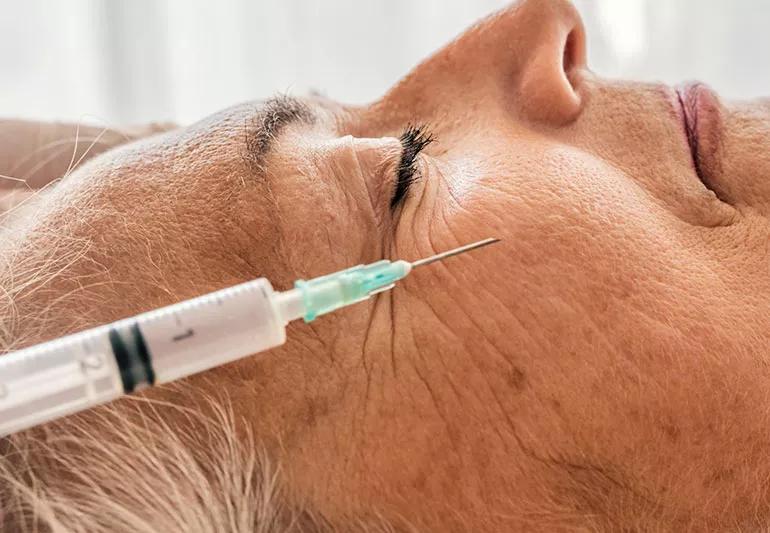
Laugh, or smile, lines represent a happy life full of joyful facial expressions. (And it turns out that all that laughter is good for your body and mind). But as you age, these lines can deepen, making you look older than you really are — and who wants that?
Advertisement
Cleveland Clinic is a non-profit academic medical center. Advertising on our site helps support our mission. We do not endorse non-Cleveland Clinic products or services. Policy
No one can completely escape the effects of aging, but there are things you can do to prevent premature signs of aging and even smooth out those annoying lines and wrinkles that you already have.
Laugh lines around the eyes are first apparent only when you smile, says plastic surgeon Steven Bernard, MD. But sun damage and the passage of time take their toll, eventually making these lines visible when your face is at rest.
If you’re ready to erase those laugh lines and other facial creases, you have several options. Your doctor will assess the depth of the lines and the overall health of your skin before deciding which treatments will give you the best results.
One of the best nonsurgical treatments for these fine lines involves the use of neuromodulators, or botulinum toxins.
Botulinum toxins, also known as Botox®, Xeomin® and Dysport®, can reduce the appearance of laugh lines and rejuvenate your face.
“Small amounts of botulinum toxin are injected in and around the affected area, temporarily weakening or paralyzing the muscles there,” explains Dr. Bernard.
Some people have the treatment in conjunction with skin resurfacing procedures. Dr. Bernard says a variety of lasers can be used to further improve the quality of your skin.
Advertisement
Whether lasers are used along with botulinum toxin or not, the rejuvenating effects last about three months, at which time you’ll have to see your doctor for another treatment.
Don’t like needles? There’s a topical botulinum toxin formulation in the works, but the U.S. Food and Drug Administration (FDA) has yet to approve it. If it’s approved, you’ll have the option of smoothing your laugh lines and crow’s feet without the need for multiple injections.
For smile lines, you can opt for hyaluronic acid fillers, such as Restylane®, Juvéderm®, Sculptra® and Juvéderm Voluma®. These solutions are applied via injection along the crease extending from the nose to the sides of the mouth. They’re meant to fill in the creases. The effects can last anywhere from six months to a full year.
It’s also important to note that the use of these fillers has evolved. “They do not merely fill wrinkles, but they also can replace the appearance of volume loss that occurs with aging,” Dr. Bernard explains.
One advantage of these fillers is that you can see a difference immediately and they’re reversible! If you don’t like how you look after the procedure, the doctor can inject hyaluronidase to counteract the effects.
If you’re looking for a more permanent solution, or if your doctor says you’re not a candidate for the nonsurgical options, you can opt for a surgical solution.
Depending on your facial anatomy, your surgeon may suggest surgical alteration of the brow, neck area or eyelids, or even a combination of these. Of course, if you want to go all out in your quest for a more youthful appearance that’ll last several years, you can opt to have a complete facelift.
Your doctor may suggest using one of the nonsurgical volumizing products to add prominence to your cheeks and upper face along with surgery. The effects of these last much longer than other fillers.
One of the best ways to keep your skin from aging prematurely is by using sunscreen and sunblock whenever you go outdoors. Dr. Bernard suggests using both sunscreen and physical blockers to protect your skin from the sun. Sunscreen formulations should have an SPF of 30+ and contain broad spectrum sunscreens. You should also use a physical blocker like zinc oxide or titanium dioxide to further protect your skin.
To further take care of your skin, use gentle cleansers and moisturizers daily, get regular exercise and drink plenty of water. Taking these measures early on can help you keep your skin supple and youthful longer.
Advertisement
Learn more about our editorial process.
Advertisement

Topical treatments — and even some cosmetic procedures — may help reduce the appearance of this crinkled-paper look

Though popular with influencers and celebrities, there’s little research to back up claims that they work
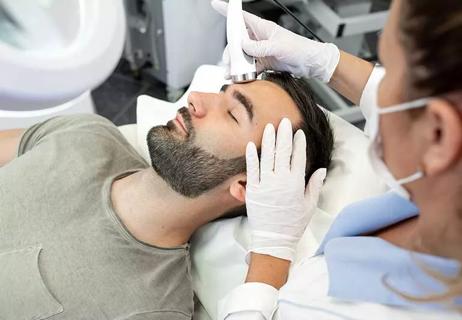
This noninvasive procedure can help aging skin by boosting collagen production
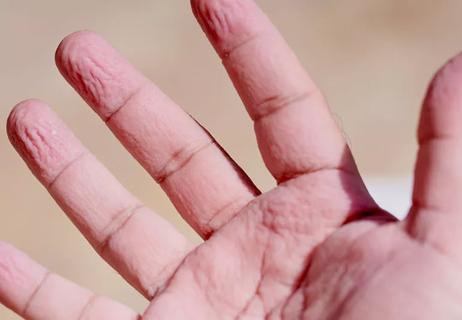
Your blood vessels shrink and your skin forms wrinkles to help you grip objects

Try limiting heat styling and eating a healthy diet instead
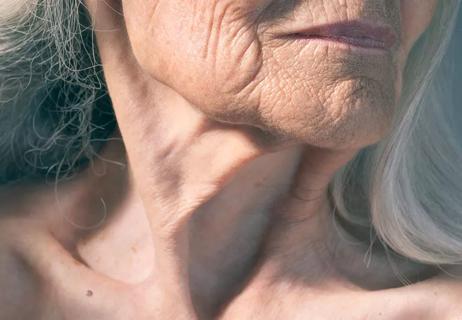
Lifestyle changes, neck exercises, injections and surgery can all help improve turkey neck
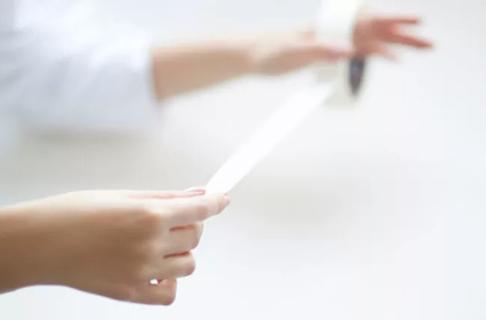
Using tape to smooth wrinkles may be a temporary fix, but there are still risks
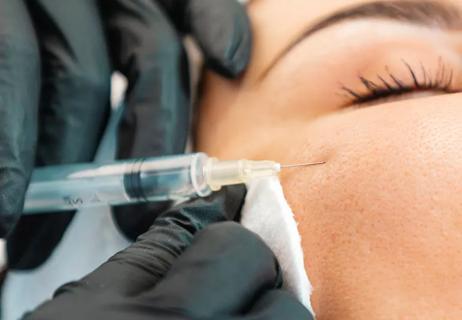
A plastic surgeon explains your cosmetic injection options

Babies can get congested easily, but you can calm their cough by keeping them hydrated, using nasal drops and running a humidifier

Weight loss may cause loose, sagging skin and muscle loss to your rear

Several conditions, like vitiligo and fungal infection, can cause a loss of pigmentation, leading to white spots or patches on your skin